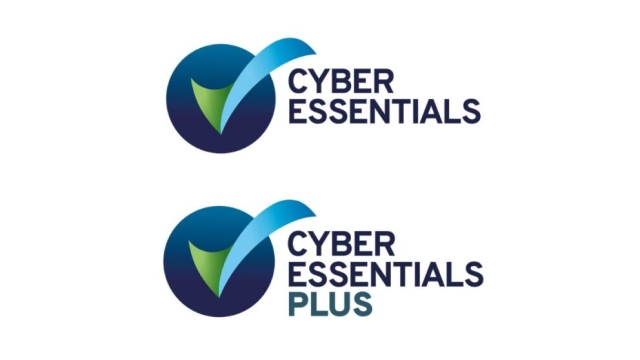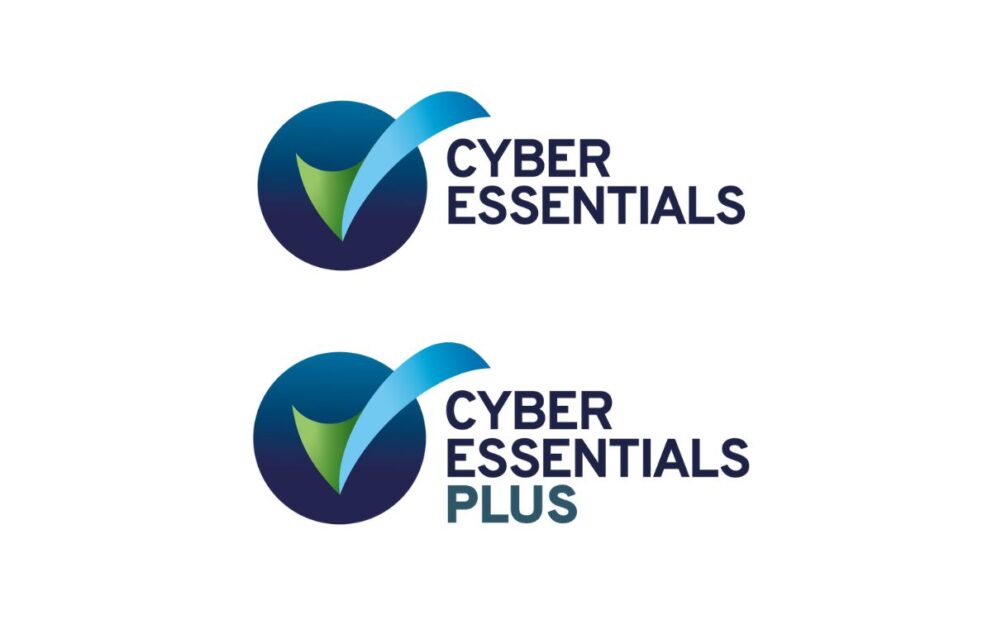
Unlocking the Cyber Essentials: A Roadmap to Digital Security

In today’s interconnected world, the importance of digital security cannot be overstated. With the rapid advancement of technology, threats to our online safety have also evolved at an alarming pace. It is crucial for individuals and organizations alike to stay one step ahead in safeguarding sensitive information from malicious actors. This is where Cyber Essentials steps in as a valuable tool in the fight against cyber threats. Developed by experts in the field, Cyber Essentials provides a comprehensive roadmap to digital security, enabling organizations to fortify their defenses and enhance their resilience in the face of ever-evolving cyber risks.
Cyber Essentials is a certification program designed to help prevent common online threats and ensure robust security measures are in place. This pioneering initiative, recognized globally, encourages organizations to adhere to a set of fundamental security controls and best-practice guidelines. By implementing these controls, organizations can significantly reduce their vulnerability to cyber attacks and mitigate potential damage. Cyber Essentials offers a clear and structured approach, empowering organizations of all sizes and sectors to strengthen their security posture, protect sensitive data, and maintain trust with their stakeholders.
The Cyber Essentials certification process covers various aspects of digital security, emphasizing key areas that often serve as entry points for cybercriminals. From securing network configurations and controlling access to data, to monitoring and detecting potential threats, each element is meticulously assessed to ensure a holistic approach to cybersecurity. By achieving the Cyber Essentials certification, organizations demonstrate their commitment to maintaining high standards of digital security, giving them a competitive edge in today’s technology-dependent landscape.
In the following sections, we will delve deeper into the core components of Cyber Essentials and explore how this certification serves as a roadmap to achieving digital security excellence. By highlighting the key benefits and outlining the necessary steps, we aim to provide a comprehensive guide for individuals and organizations seeking to unlock the potential of Cyber Essentials and enhance their defenses against cyber threats. Let us embark on this transformative journey towards a safer digital future.
Understanding Cyber Essentials
https://cybercompliance.org.uk/blogs/news/what-is-cyber-essentials
In today’s digital age, ensuring the security of our online activities has become more crucial than ever. Cyber Essentials serves as a vital framework for organizations to safeguard their digital systems and protect against various cyber threats. These crucial guidelines and best practices assist businesses in establishing a robust foundation of cybersecurity measures to mitigate potential risks.
At its core, Cyber Essentials provides a roadmap for digital security by focusing on five fundamental areas: firewalls, secure configuration, user access control, malware protection, and patch management. By addressing these key components, organizations can significantly reduce their vulnerabilities and enhance their overall cybersecurity posture.
Firewalls, a central aspect of Cyber Essentials, act as a barrier between internal networks and the wider Internet. They exert control over incoming and outgoing network traffic, monitoring and filtering potentially harmful data. Implementing robust firewall systems enables organizations to prevent unauthorized access and safeguard critical data and systems.
Secure configuration involves setting up and maintaining digital devices and software with security in mind. Cyber Essentials encourages organizations to adopt secure configurations by default, minimize unnecessary features that could introduce risks, and regularly update and patch systems to address any potential vulnerabilities promptly.
User access control is another vital area highlighted by Cyber Essentials. Controlling user privileges and providing individuals with appropriate access levels ensures that only authorized personnel can access sensitive information. This reduces the likelihood of data breaches or unauthorized actions by limiting the scope of potential threats.
Protection against malware, such as viruses, ransomware, and spyware, is a critical aspect of Cyber Essentials. Establishing robust antivirus and malware protection mechanisms is essential in safeguarding digital systems from harmful software that could compromise data integrity and confidentiality.
Finally, patch management involves applying regular updates and patches to software and systems. Many cyberattacks exploit known vulnerabilities, and by keeping software up to date, organizations can effectively counteract potential threats.
Understanding the core principles of Cyber Essentials lays the groundwork for organizations to establish a well-rounded digital security strategy. By addressing firewalls, secure configuration, user access control, malware protection, and patch management, businesses can significantly reduce their exposure to cyber risks and maintain a strong defense against potential threats.
Implementing Cyber Essentials
When it comes to implementing Cyber Essentials, there are several key steps that organizations need to take in order to enhance their digital security.
The first step is to conduct a thorough assessment of your current IT infrastructure. This involves identifying any vulnerabilities or weaknesses that could potentially be exploited by cybercriminals. By understanding your system’s weak points, you can better prioritize your security measures.
Next, it is crucial to establish robust access controls and user authentication protocols. This ensures that only authorized individuals have access to sensitive information and systems. Implementing strong passwords, multi-factor authentication, and regular password updates can go a long way in preventing unauthorized access.
Furthermore, organizations must regularly update and patch their software and systems. Cybercriminals often exploit outdated software that contains security vulnerabilities. By staying up to date with the latest patches and security updates, you can significantly reduce the risk of a successful cyberattack.
In conclusion, implementing Cyber Essentials requires a proactive and comprehensive approach to digital security. By conducting thorough assessments, establishing strong access controls, and regularly updating software, organizations can greatly minimize the risk of falling victim to cyber threats.
Benefits of Cyber Essentials
Increased Security: Implementing Cyber Essentials can greatly enhance the security of your digital infrastructure. By following the guidelines and best practices outlined in Cyber Essentials, you can safeguard your organization from common cyber threats such as malware, phishing attacks, and unauthorized access. This will help protect your sensitive data and ensure business continuity.
Enhanced Reputation: Obtaining Cyber Essentials certification demonstrates your commitment to digital security and can significantly enhance your organization’s reputation. It reassures your customers, partners, and stakeholders that you take the protection of their data seriously. By showcasing your adherence to industry-standard security measures, you can instill confidence and differentiate yourself from competitors.
Business Opportunities: Cyber Essentials certification can open doors to new business opportunities. Many organizations, especially government agencies and larger enterprises, require their suppliers and partners to have Cyber Essentials certification to ensure a secure supply chain. By achieving this certification, you can access a wider range of potential partnerships and contracts, increasing your chances of business success.
Improved Efficiency: Implementing Cyber Essentials helps in streamlining your internal processes and improving overall efficiency. By addressing potential vulnerabilities and implementing robust security measures, you can reduce the risk of cyber-attacks and the resulting downtime. This allows your team to focus on core business activities, leading to increased productivity and smoother operations.
Cost Savings: Cybersecurity incidents can be costly, from the financial impact of recovering from an attack to the potential loss of intellectual property or customer trust. By investing in Cyber Essentials, you can proactively minimize the risk of cyber threats, potentially saving your organization from significant financial losses in the long run.
Peace of Mind: Lastly, Cyber Essentials provides peace of mind to business owners and executives. Knowing that you have taken steps to protect your digital assets and mitigate potential risks can alleviate concerns and allow you to focus on growing your business.
Implementing Cyber Essentials brings numerous benefits that contribute to the overall security, reputation, and success of your organization. By prioritizing digital security, you can establish a solid foundation for growth in the digital age.



